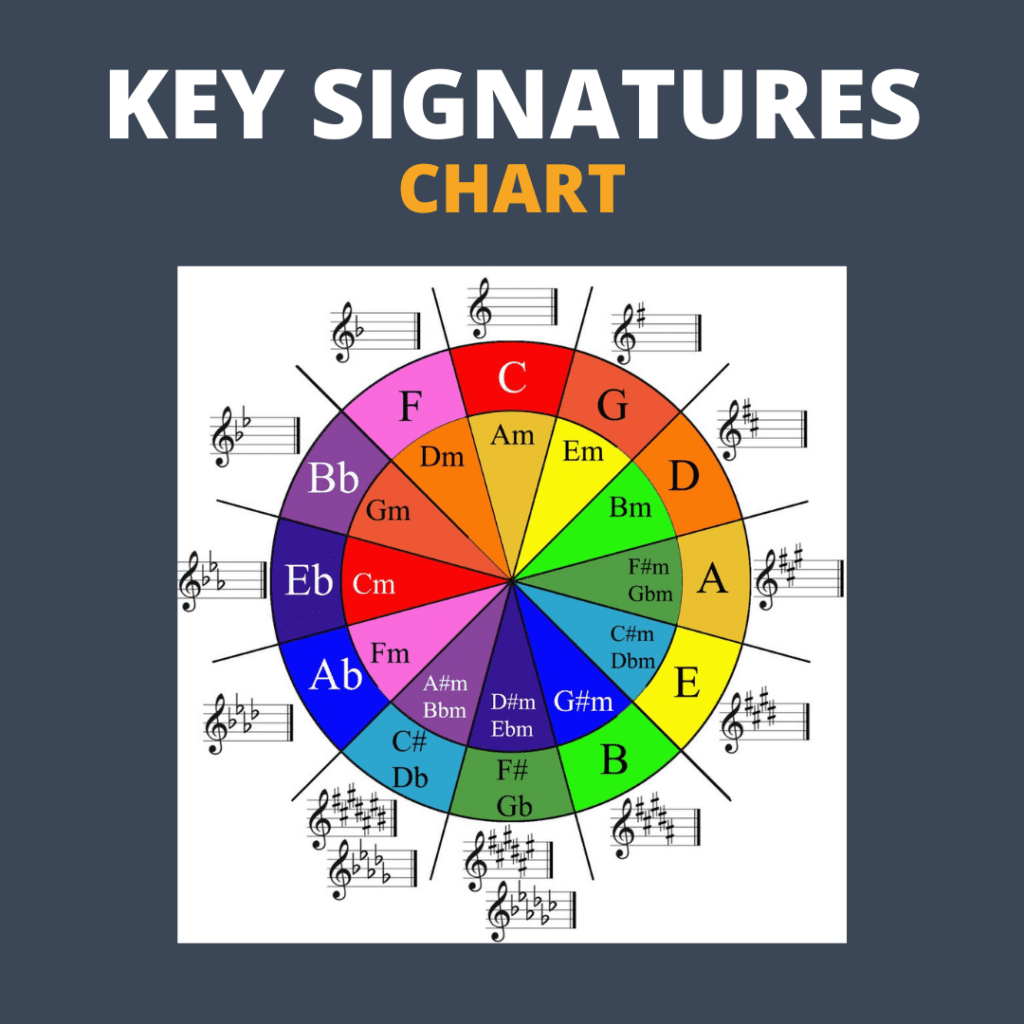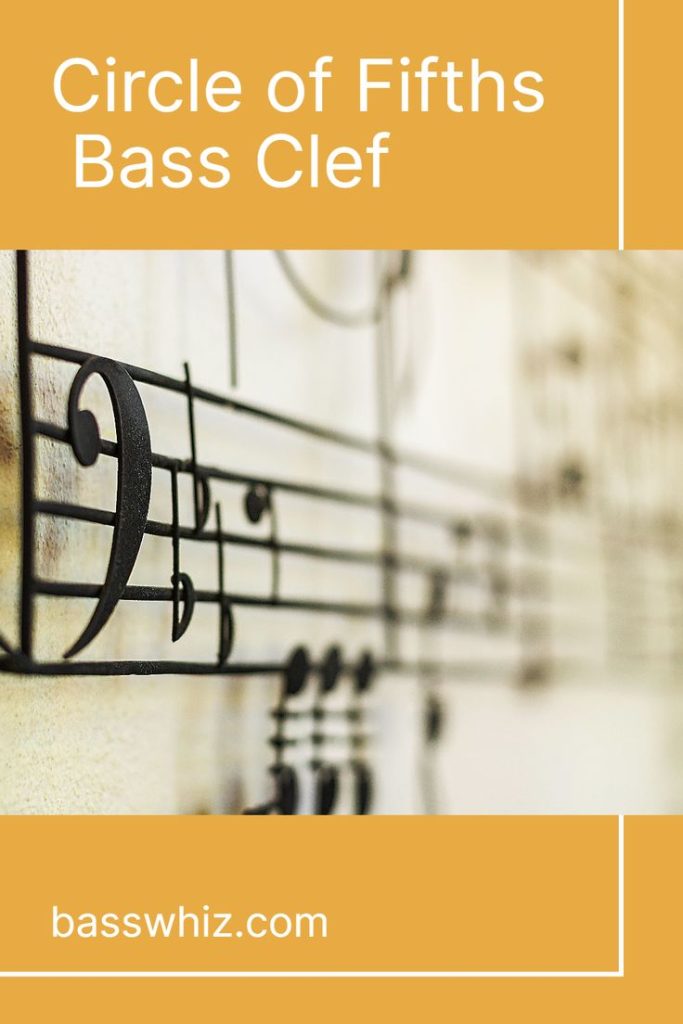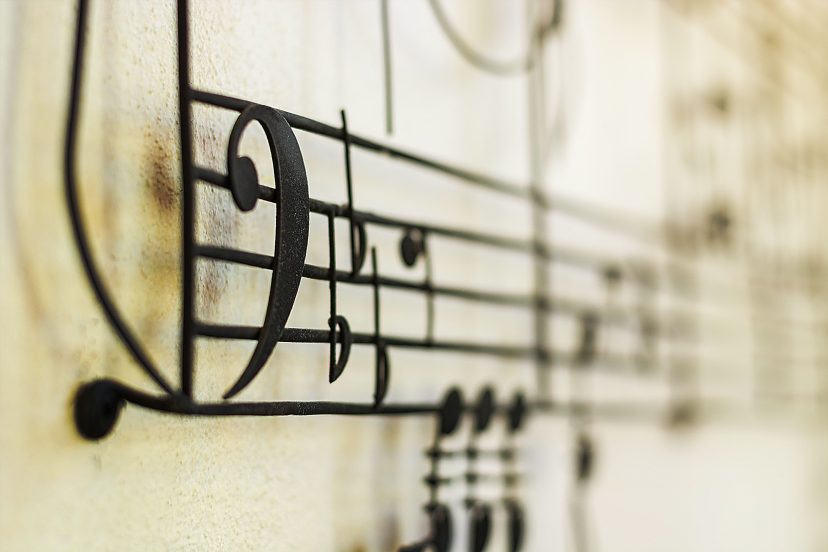Circle of Fifths Bass Clef: A Deep Dive for Bass
Introduction
Ever felt that sudden rush of excitement when discovering a new musical tool? That’s how I felt about the Circle of Fifths, especially when applied to the bass clef. These tools are like the secret ingredients in your favorite recipe, making your musical creations richer and more flavorful. So, grab your instrument, and let’s explore how these concepts can elevate your musical journey.
The Basics of Circle of Fifths
Understanding the Circle of Fifths
The Circle of Fifths is a visual representation of the relationships among the 12 tones of the chromatic scale. It’s like a musical map that shows how different keys are related to each other. Historically, it has been a cornerstone for composers and musicians to understand key signatures and their relationships.
Components of the Circle of Fifths
The Circle of Fifths is divided into major and minor keys, with each segment representing a key signature. The outer circle shows the major keys, while the inner circle represents the corresponding minor keys. This setup helps in identifying the sharps and flats in each key signature, making it easier to transition between keys.
The Circle of Fifths in Bass Clef
How to Use the Circle of Fifths
One of the most exciting uses of the Circle of Fifths is modulation—changing from one key to another. It’s a handy tool for creating smooth chord progressions and can spark your creativity when composing music. By understanding the Circle of Fifths, you can also predict the next chord in a progression, making improvisation more intuitive.
Practical Applications
Whether you’re writing a song, improvising a solo, or learning a new piece, the Circle of Fifths can be your best friend. It helps you understand which chords naturally lead to others, making your music sound cohesive and intentional. Plus, it’s a fantastic tool for exploring new genres and styles, as it gives you the foundation to experiment with different harmonic structures.
Challenges with the Circle of Fifths
Like any new concept, the Circle of Fifths can be a bit intimidating at first. A common misconception is that it’s only useful for classical music, but it’s actually relevant in all genres. For beginners, I recommend starting with simple chord progressions and gradually incorporating more complex modulations as you become more comfortable.

Understanding the Bass Clef
The Bass Clef, also known as the F clef, is essential for reading lower-pitched music. Unlike the Treble Clef, which focuses on higher pitches, the Bass Clef covers the lower end of the musical spectrum. It’s used by instruments such as the bass guitar, cello, and trombone.
Reading the Bass Clef
Reading the Bass Clef might seem challenging at first, but with a bit of practice, it becomes second nature. The notes on the lines from bottom to top are G, B, D, F, and A, remembered by the mnemonic “Good Boys Do Fine Always.” The spaces spell out A, C, E, and G, which can be memorized with “All Cows Eat Grass.
The Magic Behind the Circle of Fifths Bass Clef
The Bass Clef plays a crucial role in music composition, providing the foundation upon which melodies and harmonies are built. For bass players, it’s especially important, as it helps them understand their role within a band or orchestra. Learning the Bass Clef can also improve your overall musicality by enhancing your understanding of harmony and rhythm.
Connecting the Circle of Fifths and Bass Clef
So, how do these two concepts come together? The Circle of Fifths helps you understand the relationships between different keys, while the Bass Clef allows you to read and play music in the lower register. Together, they provide a comprehensive understanding of music theory, enabling you to navigate complex pieces with ease.
Using Both in Practice
When sight-reading, combining your knowledge of the Circle of Fifths and Bass Clef can be incredibly beneficial. Start with simple pieces and gradually work your way up to more complex compositions. Practice regularly, and don’t be afraid to make mistakes—that’s how you learn and improve.
Advanced Techniques
For those looking to dive deeper, the Circle of Fifths and Bass Clef are integral to genres like jazz and blues. These styles often involve intricate chord progressions and improvisation, making a solid understanding of these concepts essential. Classical musicians can also benefit from mastering these tools, as they provide a framework for interpreting and performing complex works.
Personal Tips and Tricks
From my experience, the best way to master the Circle of Fifths and Bass Clef is through consistent practice and experimentation. Don’t just memorize the concepts—apply them in your playing and composing. Create your own exercises, and challenge yourself with new and unfamiliar pieces. The more you use these tools, the more intuitive they will become.
One common mistake is relying too heavily on rote memorization without understanding the underlying principles. To avoid this, focus on the relationships between keys and notes, and practice applying this knowledge in different contexts. Also, be patient with yourself—learning music theory takes time and effort, but the rewards are well worth it.

Conclusion
In conclusion, the Circle of Fifths and Bass Clef are powerful tools that can significantly enhance your musical skills. By understanding and applying these concepts, you’ll be able to create more sophisticated and cohesive music. So, keep practicing, stay curious, and enjoy the journey of musical discovery!
FAQs
1. What is the Circle of Fifths?
The Circle of Fifths is a visual representation of the relationships among the 12 tones of the chromatic scale, showing how different keys are related.
2. How do I memorize the Bass Clef?
Use mnemonics such as “Good Boys Do Fine Always” for the lines and “All Cows Eat Grass” for the spaces.
3. Can the Circle of Fifths help with songwriting?
Absolutely! It helps you create smooth chord progressions and explore different key changes, enhancing your songwriting.
4. Why is the Bass Clef important for bass guitar players?
The Bass Clef is essential for reading and playing music in the lower register, which is crucial for bass guitar players.
5. What are some good exercises for learning these concepts?
Practice sight-reading different pieces, create your own chord progressions using the Circle of Fifths, and regularly play scales and arpeggios in the Bass Clef.




